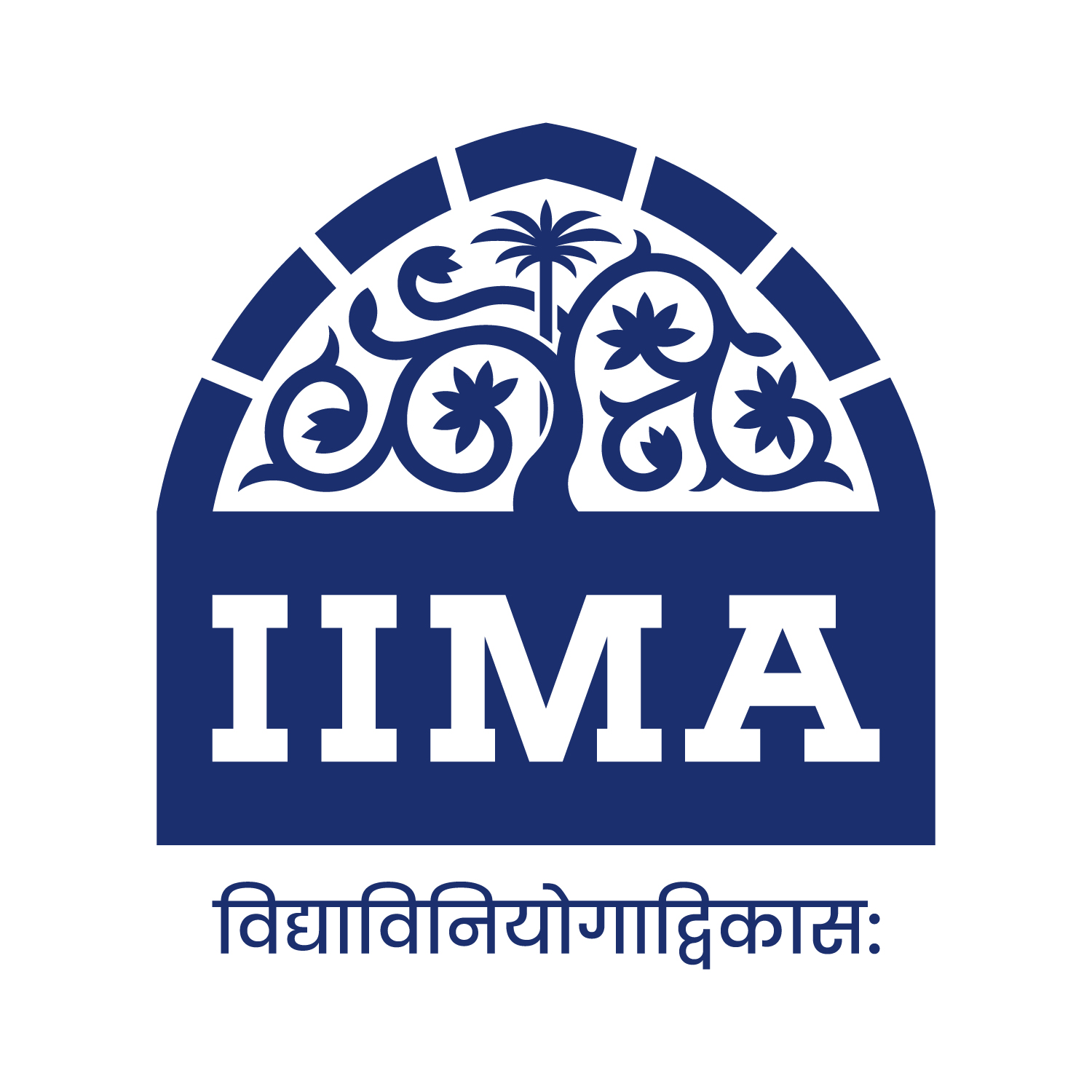Research & Publications
Abstracts of Papers published by IIMA Faculty
Going the Extra Mile: What Taxi Rides Tell Us About the Long-Hour Culture in Finance
Deniz Okat and Ellapulli V. Vasudevan
Management Science, July 2023
We analyse banks’ “protected-weekend” policies that restrict junior bankers from working during weekends. We use taxi rides from bank addresses in New York City to infer bankers’ working hours. We find the policies induced bankers to shift their work to late-night hours on weekdays. We then investigate whether such shifts in working hours affected the quality of work. After the policy, analysts of the policy-implementing banks make more errors in their earnings forecasts. They also heard more toward the consensus in their forecasts. We further provide evidence that junior bankers are the most adversely affected by the policy.
Cooperative Security Against Interdependent Risks
Sanjith Gopalakrishnan, Sriram Sankaranarayanan
Production and Operations Management, November 2023
Firms in interorganizational networks are exposed to interdependent risks that are transferable across partner firms, such as contamination in food supply chains or data breaches in technology networks. They can be decomposed into intrinsic risks a firm faces from its own operations and extrinsic risks transferred from its partners. Firms have access to two security strategies: either they can independently eliminate both intrinsic and extrinsic risks by securing their links with partners or, alternatively, firms can cooperate with partners to eliminate sources of intrinsic risk in the network. We develop a graph-theoretic model of interdependent security and demonstrate that the network-optimal security strategy can be computed in polynomial time. Then, we use cooperative game-theoretic tools to examine, under different informational assumptions, whether firms can sustain the network-optimal security strategy via suitable cost-sharing mechanisms. We design a novel cost-sharing mechanism: a restricted variant of the well-known Shapley value, the agreeable allocation, that is easy to compute, bilaterally implementable, ensures stability, and is fair. However, the agreeable allocation need not always exist. Interestingly, we find that in networks with homogeneous cost parameters, the presence of locally dense clusters of connected firms precludes the existence of the agreeable allocation, while the absence of sufficiently dense clusters (formally, k-cores) guarantees its existence. Finally, using the SDC Platinum database, we consider all interfirm alliances formed in the food manufacturing sector from 2006 to 2020. Then, with simulated cost parameters, we examine the practical feasibility of identifying bilaterally implementable security cost-sharing arrangements in these alliances.
Infrastructure and Finance: Evidence from India’s GQ Highway Network
Abhiman Das, Ejaz Ghani, Arti Grover Goswami, William R. Kerr & Ramana Nanda
Journal of Urban Economics, September 2023
We use data from the Reserve Bank of India to study the impact of India’s Golden Quadrilateral (GQ) highway project on finance-dependent activity. Loan volumes increase by 20%–30% in districts along GQ and are stronger in industries more dependent upon external finance. Loan growth begins with increases in average branch size and in places with more pre-GQ loan activity. New branch openings come later, consistent with short-run adjustment costs to expanding branch networks. These patterns are not evident in placebo tests using delayed investments in NS-EW highways. Results suggest the depth of initial financial infrastructure shapes how infrastructure investments impact localities.
An Overarching Conceptual Framework for ICT-enabled Responsive Governance
Amit Anand Tiwari, Samrat Gupta, Efpraxia D. Zamani, Neeraj Mittal and Renu Agarwal
Information Systems Frontiers, June 2023
Over the recent years, responsiveness has gained importance as it is a critical element of public governance processes and acts as a driving factor for supporting the achievement of governance objectives, especially in the implementation phases. In this study, we identify the knowledge gaps in the realm of responsive governance based on a systematic literature review. Based on our analysis, we propose a conceptual framework of major building blocks (input, process and outcomes) for the development and implementation of responsive governance at the local, regional and national levels of administrative hierarchy.
Circular economy business models as pillars of sustainability: Where are we now, and where are we heading?
Maryam Hina, Chetna Chauhan, Rajat Sharma and Amandeep Dhir
Business Strategy and the Environment, June 2023
The prior literature has discussed the benefits of the circular economy business model (CEBM) while working to streamline the environmental aspect, touching upon the social aspect and improving the economic aspect. These aspects have been widely recognised as pillars of sustainability. Thus, prior scholars have sought to identify the relationship between the CEBM and sustainability. However, the extant literature, which remains relatively nascent, has failed to clarify this linkage for each pillar of sustainability. To address this lacuna, we followed a systematic literature review (SLR) approach to determine the current state of research on the CEBM and sustainability. Our study identifies and presents the thematic foci in the prior literature, which highlight the linkages between the CEBM and the pillars of sustainability. These thematic foci include the CEBM and sustainability, the CEBM and the environmental dimension, the CEBM and the social dimension and the CEBM and the economic dimension. In addition, this SLR recognises various research gaps within each theme and offers actionable avenues for future research. We also propose a conceptual framework, rooted in social capital theory (SCT), that highlights the linkages between the CEBM and sustainability. Our findings reveal that research at the intersection of the CEBM and sustainability considers the CEBM an integral component of sustainability. We conclude by presenting our work’s theoretical and practical implications, which can assist scholars and organisations to incorporate the pillars of sustainability within their CEBMs.
Belief Distortion near 52W high and low: evidence from Indian equity options Market
Sumit Saurav, Sobhesh Kumar Agarwalla and Jayanth R. Varma
Journal of futures markets, June 2023
We examine investors’ behavioural biases and preferences in the options market near 52‐week high and low (52W‐H/L) using Indian options market data. We document that as the stock price approaches 52W high (low), the skewness of risk‐neutral density (RND), and out‐of‐the‐money (OTM) call volume decreases (increases), while OTM put volume increases (decreases). After Crossing the 52W high (low), the skewness of RND and OTM call volume increases (decreases), while OTM put volume decreases (increases). The Effects are economically large and significant. Our findings provide evidence consistent with the anchoring theory of belief distortion near 52W‐H/L. There Is no evidence of preference distortion, contrary to what prospect theory predicts.
Does employee mobility network influence acquisition behaviour? Evidence from the semiconductor industry
Mayank Varshney and Mohammad Fuad
Strategic Organization, May 2023
This article examines the role of employee mobility networks in influencing a firm’s merger and acquisition behaviour. Specifically, we draw upon the social network perspective and theorise that a firm’s employee mobility network centrality positively influences the number of announced merger and acquisition deals in a hi-tech industry. However, the firm’s prior acquisition experience and absorptive capacity negatively moderate the relationship between the employee mobility network centrality and the number of announced merger and acquisition deals. Our findings based on a sample of US semiconductor firms in the period 1992–2010 provide robust support to our theorization.
https://wimwian.iima.ac.in/wp-content/uploads/2024/05/ResearchandPublicationsFeb2024.pdf




Sorry, the comment form is closed at this time.